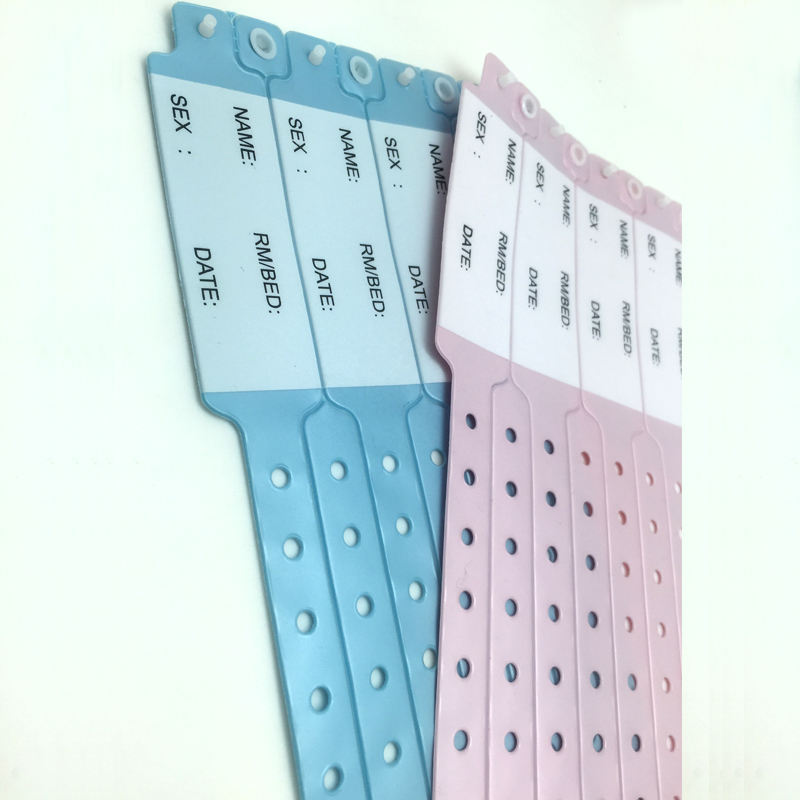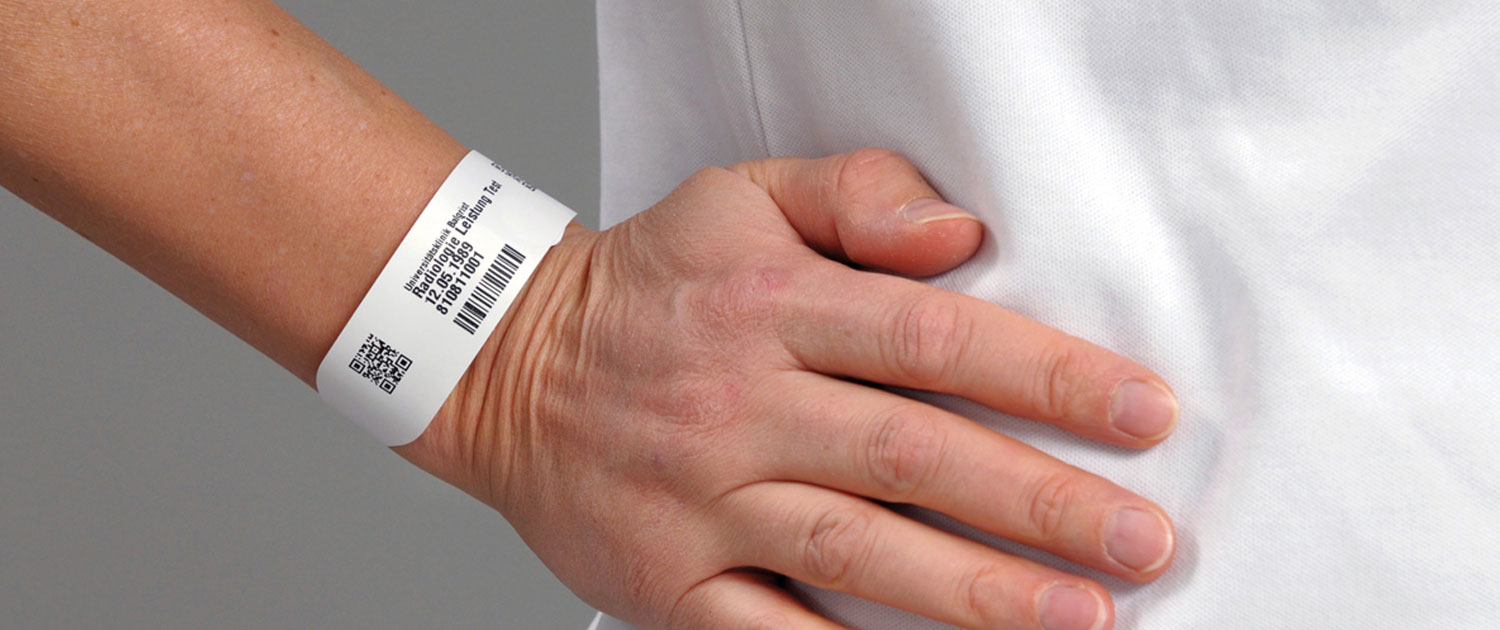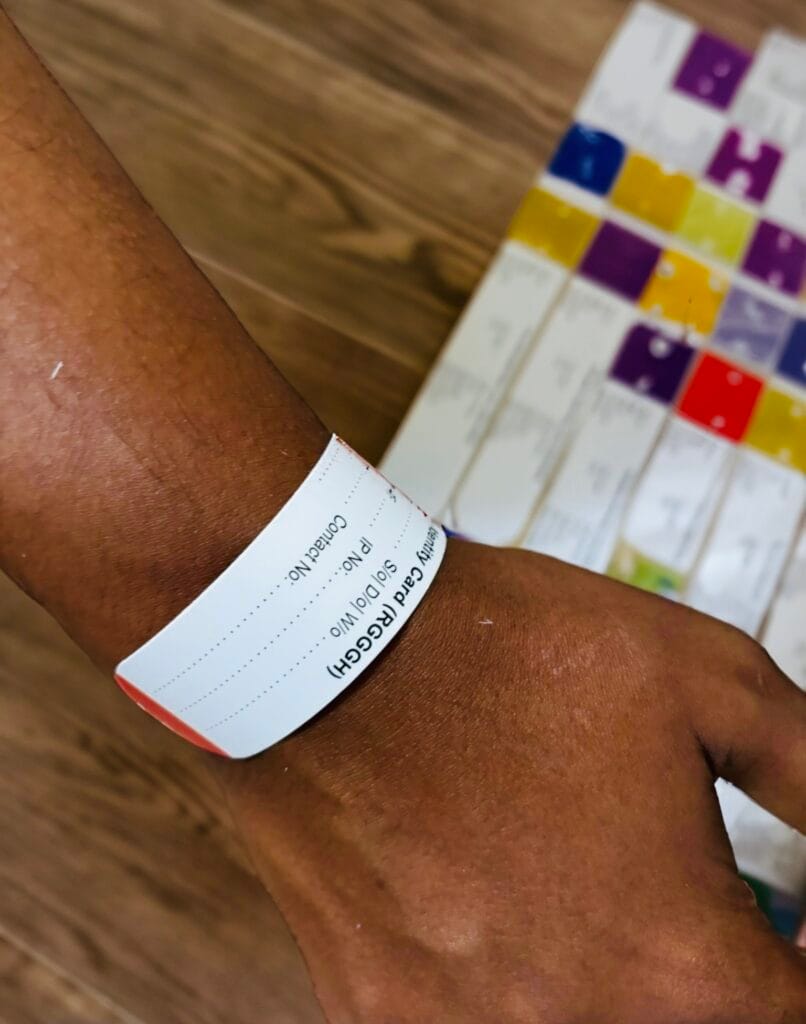The Role of Patient Identification Band in Making Sure Accurate Medical Records
The Role of Patient Identification Band in Making Sure Accurate Medical Records
Blog Article
Simplifying Client Care With Reliable Recognition Bands
The application of effective recognition bands is a crucial aspect in enhancing person treatment within healthcare settings. These bands not just serve to minimize the dangers associated with client misidentification however likewise improve communication amongst clinical personnel, consequently promoting a more secure environment. Different sorts of identification bands satisfy specific requirements, from durable wristbands for grownups to specialized bands for babies and crucial instances. As the landscape of individual recognition advances, one should take into consideration the effects of these systems on general medical care delivery and patient results. What technologies await in this crucial location?
Value of Client Recognition
Making certain exact person identification is crucial in medical care settings, as it directly impacts the safety and top quality of care provided. Misidentification can lead to major errors, including carrying out the incorrect medication, carrying out incorrect procedures, or miscommunicating essential patient information. Such errors not just endanger individual security however can also result in lawful implications and decreased count on medical care systems.
Reliable client identification is fundamental to establishing a secure environment where patients receive personalized and ideal care. It facilitates the exact paperwork of medical histories, allergies, and therapy strategies, guaranteeing that doctor have accessibility to important info whatsoever times. Additionally, durable recognition protocols aid enhance interaction amongst medical team, improving cooperation and lowering the threat of errors.

Kinds of Identification Bands
Recognition bands play a vital function in keeping accurate individual documents and improving safety within medical care environments. Different sorts of recognition bands are made use of to deal with the certain needs and requirements of various patient populaces.

An additional type is the ankle joint band, which is particularly useful for infants and infants, making sure that identification remains undamaged even during treatment procedures. Specialty bands, such as those for allergy signals or fall risk indicators, offer added layers of security by drawing immediate focus to important patient problems.
Just recently, digital recognition bands have gained appeal, including barcodes or RFID technology that can be scanned to swiftly recover individual information. These bands streamline workflows and decrease the risk of human error during individual identification procedures.
Advantages of Reliable Recognition
Reliable identification of people through the use of identification bands contributes considerably to overall individual safety and security and care top quality. By making certain that each individual is precisely determined, doctor can efficiently match medical treatments and procedures to the correct person, reducing the danger of errors. This is particularly important in atmospheres with high individual turnover, where the potential for misidentification is greater.
Moreover, effective recognition bands improve communication among health care teams. Accurate and clear person identification cultivates cooperation and makes sure that all staff member recognize a person's certain requirements and medical background. This communication is vital for delivering collaborated care, specifically in emergency situation circumstances where time is vital.

Eventually, efficient recognition with using recognition bands not only safeguards clients but likewise promotes a culture of safety and security within medical care centers (Patient Identification Band). By prioritizing precise identification, healthcare companies can enhance results and improve the overall patient experience
Implementing Recognition Systems
While the significance of patient recognition is well acknowledged, the implementation of robust recognition systems presents a complex obstacle for health care organizations. Establishing reliable identification systems calls more information for a thorough method, including innovation, personnel training, and procedure combination.
First, organizations need to choose appropriate recognition innovations, such as barcode scanning, RFID, or biometric systems. Patient Identification Band. These modern technologies must be assessed based upon cost, use, and compatibility with existing facilities. A pilot program can help recognize potential problems before full-blown implementation
Following, extensive training for team is vital. All employees must recognize the significance of precise patient identification and excel in the use of the selected technologies. Routine training updates and analyses can enhance finest practices and make sure ongoing conformity.
In addition, healthcare companies should establish standard treatments for individual recognition throughout all departments, minimizing inconsistencies and improving communication. Normal audits can assist determine voids in adherence to these methods.

Ultimately, a reliable execution of identification systems not just boosts individual safety yet additionally cultivates a society of liability and persistance within medical care setups, making sure reliable and regular person treatment.
Future Trends in Client Recognition
Innovations in modern technology are established to transform patient recognition techniques in medical care settings. The integration of biometric recognition methods, such as fingerprinting and facial acknowledgment, is anticipated to improve precision and security. These technologies can significantly lower the danger of misidentification, making certain that individuals receive the right treatments and drugs.
Additionally, the implementation of blockchain modern technology for individual records is getting grip. This decentralized approach can provide a safe and secure and tamper-proof method for handling patient identifications, thereby enhancing access to essential details across different health care providers.
An additional trend is the boosting use of mobile health and wellness applications that leverage QR codes for individual identification. These applications permit real-time updates and easy access to person data, encouraging healthcare additional hints experts to make enlightened choices quickly.
Furthermore, expert system (AI) is positioned to play an essential role in assessing client recognition information, identifying patterns, and anticipating possible recognition mistakes before they occur.
As these innovations advance, they promise not only to enhance person security yet also to enhance the overall effectiveness of health care shipment systems. Welcoming these developments will certainly be critical for future-proofing patient treatment practices.
Final Thought
To conclude, reliable recognition bands are vital for boosting individual safety and security and care quality within medical care setups. By reducing the threats connected with misidentification, these bands facilitate accurate and timely information retrieval, ultimately improving communication among doctor. The application of robust recognition systems not only fosters a culture of security however likewise positions healthcare institutions to adjust to future fads in individual recognition innovation, ensuring optimal end results for clients in varied professional atmospheres.
As the landscape of client identification develops, one must take into consideration the ramifications of these systems on total health care delivery and individual results.Reliable client recognition is essential to developing a safe environment where clients get tailored and suitable treatment. find here Eventually, focusing on efficient person recognition techniques not just fosters a society of safety yet additionally contributes to boosted client end results and general satisfaction with medical care solutions.
Effective recognition of people with the usage of identification bands contributes significantly to general client safety and security and care quality. The application of durable recognition systems not only cultivates a society of safety however additionally placements healthcare institutions to adapt to future fads in patient identification innovation, ensuring ideal results for individuals in diverse clinical environments.
Report this page